7 Simple Steps To Winterize Your Garden |
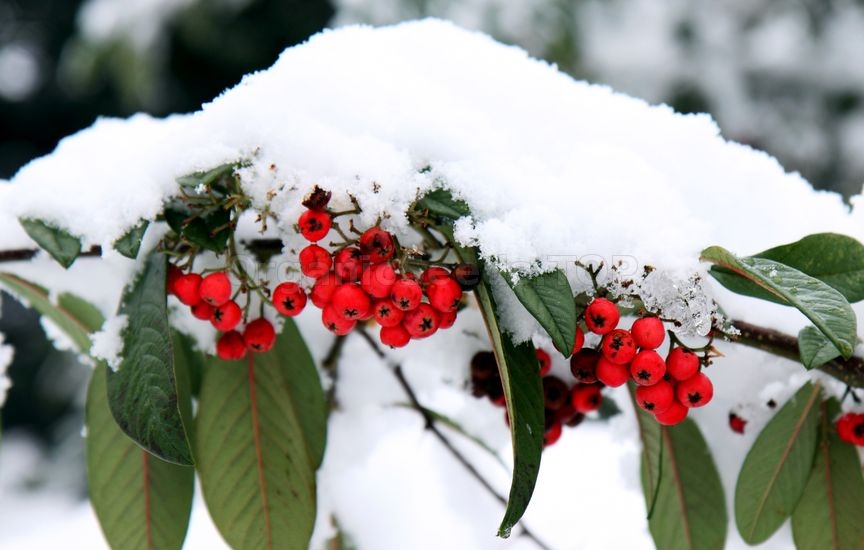 A gardener’s work is never done, and during fall, this means it’s time to get your growing space ready for winter. Now I know what some of you are thinking - is it really necessary? The short answer is yes! You’ve already spent a lot of time, energy, and money on your garden, so it’s important to protect your investment. (Transform your health with 365 days of slimming secrets, wellness tips, and motivation - get your 2018 Prevention calendar and health planner today!) To help identify the most essential, must-do tasks for winterizing the garden, I recruited the help of Karen Olivier, a master gardener in Canada who also runs the Northern Gardener Facebook page. She’s been gardening in a Zone 3, where the temps often dip well below zero, for several years, so she definitely knows a thing or two about prepping for colder weather. (Check your zone here.) You can complete all of these tasks in just a couple of hours with only a few tools and materials. As an avid gardener and working mom with a busy calendar, this is the kind of plan I can get behind! Step 1: Clean out all the weeds.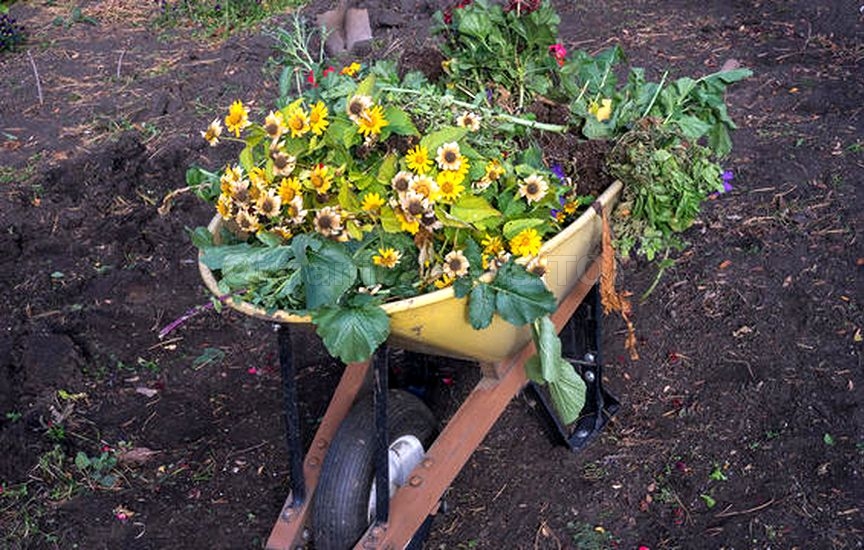 It’s not a fun job, but it’s got to be done—along with dead leaves, plant parts, and any invasive or diseased plants. Pretty much anything you wouldn’t want in your garden during growing season, it’s important to get out now. If you suspect a plant might be infected because it was infested with bugs, didn't grow well, or had odd coloring, now's the time for it to go. You don’t want those plants to continue invading your garden or spreading their ill will throughout the area. (Psst! Here are 10 invasive species you should never, ever grow.) Now some gardeners will also take the time to completely clear their veggie plants and cut back their perennials. This step is really a matter of preference, but many gardeners like to leave their perennials be for added winter interest. Coneflowers and ornamental grasses look beautiful covered in the snow, plus they add extra food for the birds. Step 2: Protect your new garden beds.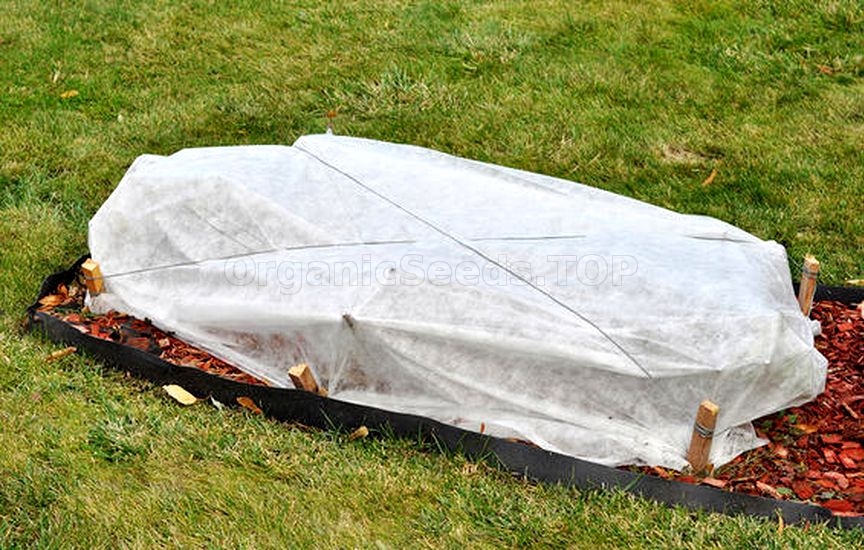 Did you add a new flower garden this season? When you’re trying to establish plants - especially perennials - the first season is often the most important. As the plants are getting established, it doesn’t hurt to add a little extra coverage over the winter. Try a garden cloche, and drape it over your entire garden area. Here’s a good cloche option ($19, amazon.com), but be sure to check the size and get the appropriate one for your area. Keep in mind that this is something you’ll mostly do for new perennial beds, not veggie gardens or already established flower beds. Veggies gardens don't really need winter protection. However, if you want to try to continue growing veggies like lettuce or radishes, install a cold frame to continue growing even in winter. Step 3: Plant your bulbs.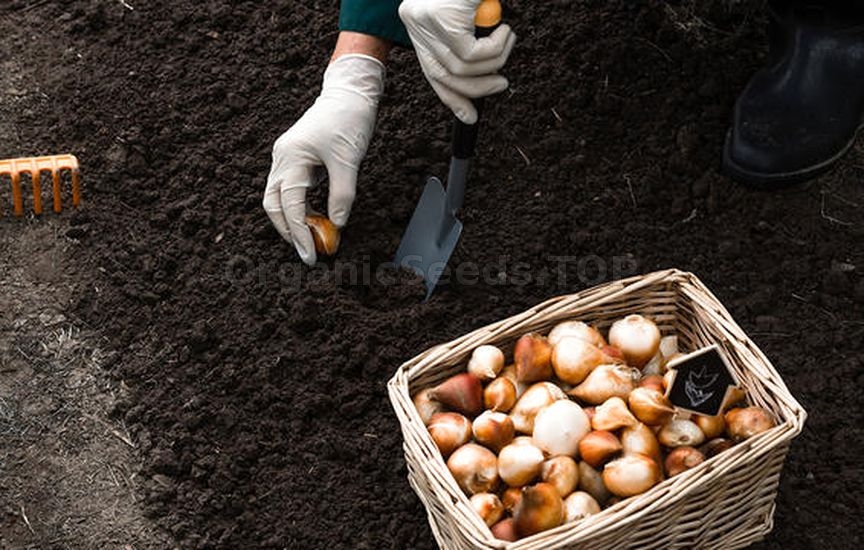 This doesn’t fall in the “clean-up” category, but it’s still an important list item to get done before the ground freezes. Plus there’s a reason it’s on the winter list. Many times, gardeners have trouble planting bulbs. Either the ground is too hard or they have clay soil, and they never seem to get the hole deep enough. You need it several inches deep, in most cases, so it has good protection over winter and is ready to bloom in spring. Step 4: Give your plants one last drink, and then turn the water off.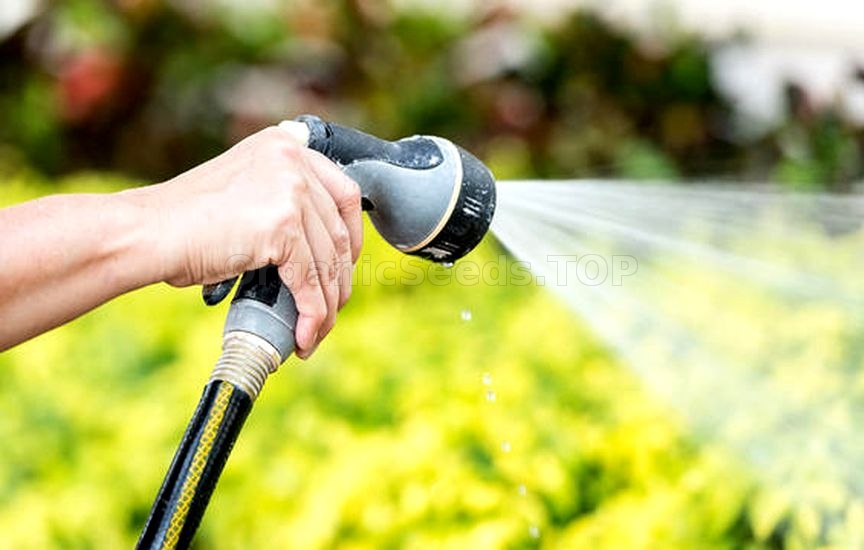 Water is a plant’s best friend, and when you’re trying to establish new ones, it’s very important! Before you turn off your water for the winter - no one wants busted pipes outdoors - you’ll want to give your garden a nice long drink. This is especially the case for new trees, shrubs, and perennials. You don’t have to worry about keeping the watering up through frost time, but you can give your plants a little extra help when you remember to do a final watering of the season. For timing, try to do this about a week or two before the ground freezes in your area.
When you turn your water off, be sure to empty and store hoses, rain barrels, and other gardening supplies so they don’t crack from the cold. (Want to add some green inside while you wait out winter? Try one of these 7 easiest succulents.) Step 5: Put a winter jacket on your trees, shrubs, and rosebushes.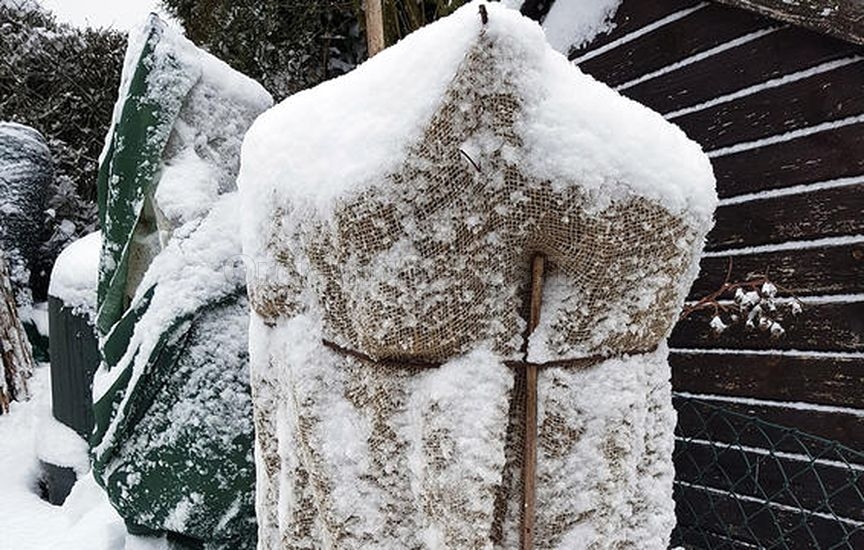 A winter jacket for plants? Absolutely! When you’re trying to establish these trees, shrubs, and rosebushes in your backyard or garden, they often need extra protection from those harsh winter winds. Here are two common products gardeners use: fleece jackets that go over the plant or cones, which are commonly used with rosebushes. If you want to fashion your own, try using garbage bags, burlap, landscape fabric, or large cardboard boxes. You just want to make sure you secure them well so they don’t blow off on the most frigid days.
Step 6: Dig up your tender plants.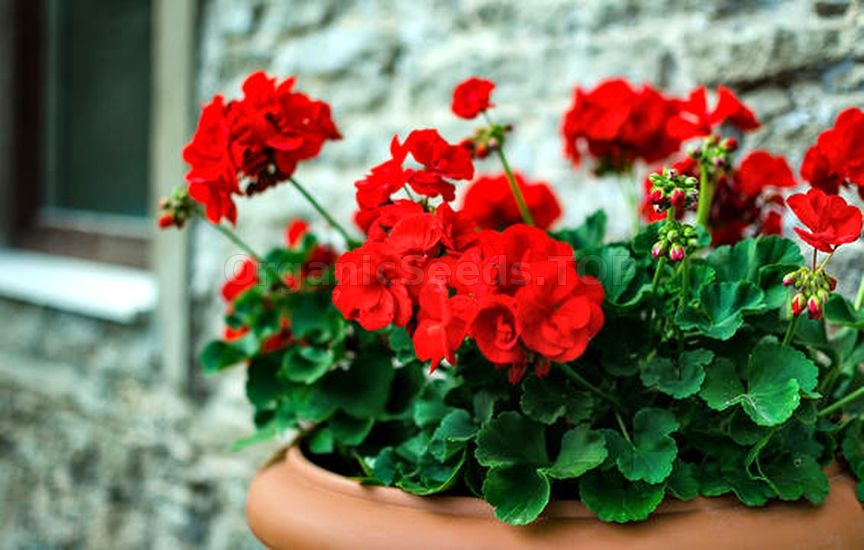 If you have cannas, dahlias, elephant ear, or other sensitive bulbs and tubers like these, then you need to dig them up before winter. You’ll want to place them in a dark, cool location like the basement - but research the best storage recommendation based on plant. Then in spring, you can replant them for another season. If you don’t do this, you risk losing the plant altogether. Since many of these can be pricey, you don’t want to risk it over the winter.
In addition, many gardeners will also move their favorite annuals like begonias or geraniums indoors this time of year as well. Whether they make it through to spring is a bit of a gamble, but if you have the space, it doesn’t hurt to try. Sure, you expect to buy annuals new every year. But if you can keep them going during winter - even better. Step 7: Add some extra mulch.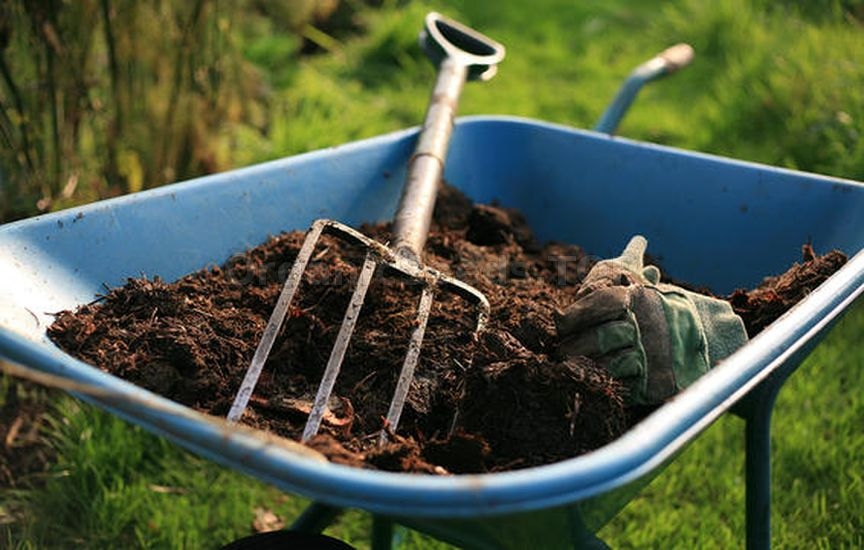 Mulch feels like a spring task, but there’s a reason to put it on the fall list, too. Having good mulch in your garden is one of the single best things you can do as a gardener. It adds organic matter to the soil, naturally deters weeds, and further insulates and protects the plants. A blanket of insulation (mulch and snow) actually helps keeps the ground frozen until spring, which is what you want so your plants don’t try to thaw out and grow prematurely.” If you have areas of your garden that are looking a little bare, add mulch before those cold temperatures hit. Even if you don’t jacket or cloche your plants, this can help so much because it will protect the roots and the area of plants that are most vulnerable. On a budget? Instead of wood chips, try using your leaves as mulch. |
|
|
